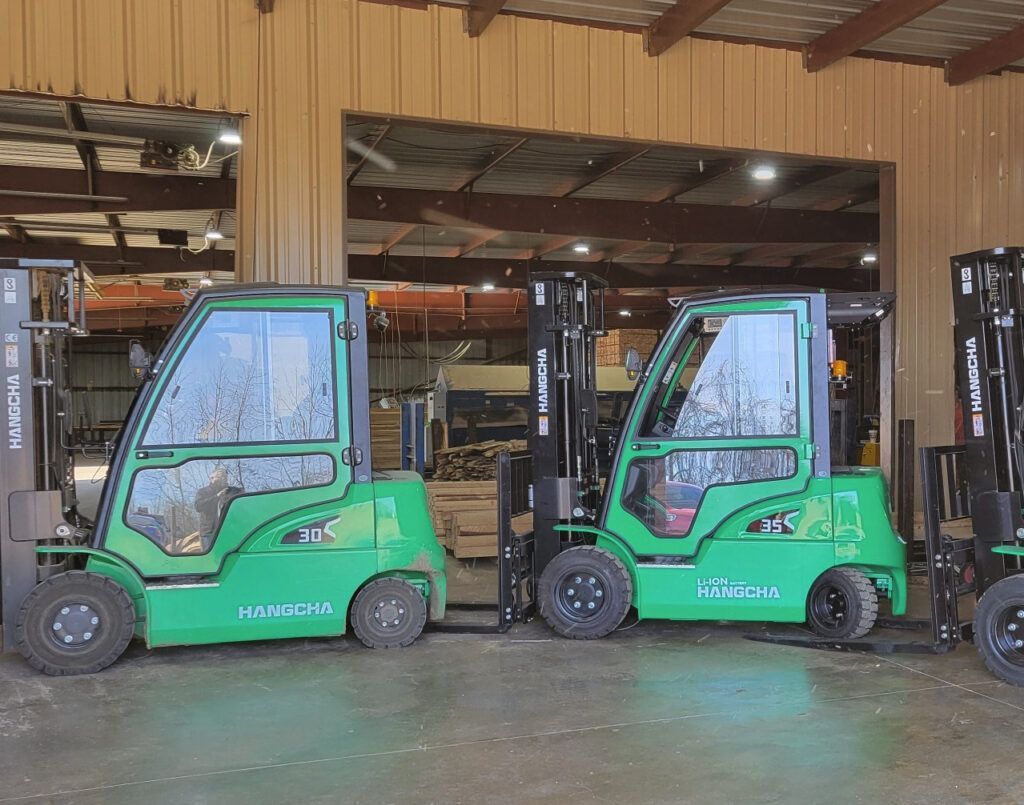Hyundai Forklift Heads to Saint Louis
Hyundai Forklift Heads to Saint Louis
Benco Industrial Equipment Adds the Hyundai Brand to its Lineup
Hyundai Forklift Heads to Saint Louis, Saint Charles, MO – Benco Industrial Equipment, a successful material handling dealership in St. Charles, Missouri, recently added Hyundai Forklifts to its offerings, providing forklift buyers throughout the greater Saint Louis area first-hand access to the highly sought-after brand. The company, known locally as a leader within the industry, prides itself on its exceptional service, fair prices, and great work; and now with the addition of the Hyundai brand, Benco is excited to be offering products whose reputation is just as solid.
“Hyundai’s attention to detail is just one of the many things that makes them stand out as a major player in the marketplace,” said Denis Benden, Benco’s President. They’ve got a ton of experience, offer exceptional products and have a name that people trust. We’re proud to be offering the Hyundai brand to people throughout the area.”
Benden started Benco in 2004. When it began, the company operated out of a basement office and a loaner warehouse space, renting small equipment and specialized material handling items. Over the last 13 years, the company has grown into what it is today: a thriving, shop that employs 15 full-time staff members. Benco specializes in forklift sales, rentals, and repairs, making a partnership with Hyundai the perfect next step in the company’s continued growth.
“All of us at Benco have been through a lot together,” said Benden. “The recession in 2008 hit the area’s industrial sector hard. Our employees accepted fewer hours and smaller paychecks so that no one had to be laid off. It’s that sort of commitment to each other that sets Benco apart as a company with a strong sense of loyalty and family. Our goal is to serve our customers with those same values in mind. Our relationship with Hyundai is significant for Benco and marks an impressive milestone in the success of our company. But more importantly, being able to offer the Hyundai brand as a certified dealer will help us better meet the needs of our customers.”
About Hyundai Forklift
Hyundai Forklift understands that an enterprising and pioneering spirit is the key to business growth. Because they share their customers’ work ethic, they build machines that perform day in and day out to meet the toughest expectations and quality standards. Hyundai believes that by being creative and constantly striving to challenge themselves, they’re able to provide the highest-quality equipment in the marketplace, all while supporting their customers with the best service in the industry.
The post Hyundai Forklift Heads to Saint Louis appeared first on Benco Industrial Equipment.




